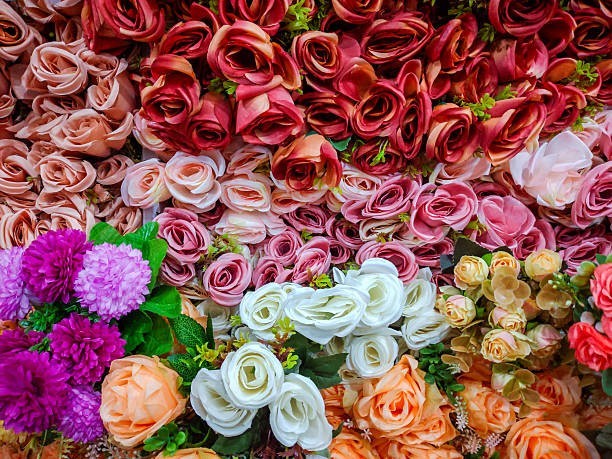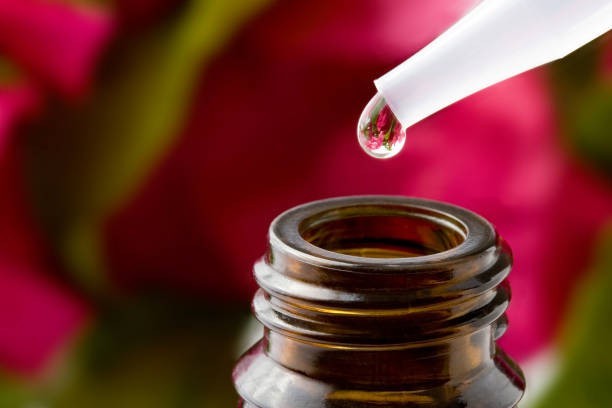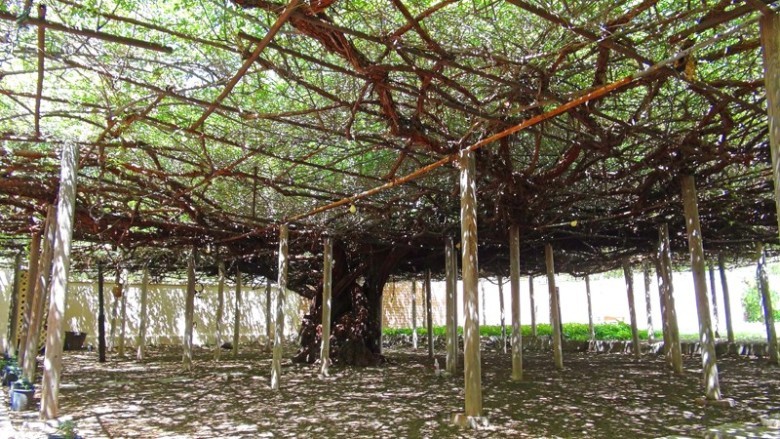views
#RoseFacts #FlowerLovers #BotanyFun #GardenLife #NatureFacts #Roses #FloralBeauty #PlantTrivia
1. Roses Are Over 35 Million Years Old

Fossil evidence shows that roses have been around for more than 35 million years, making them one of the oldest flowering plants still in existence. Ancient rose fossils have been found in North America, Europe, and Asia, proving their widespread growth even in prehistoric times. These early roses looked very different from today’s cultivated varieties — they were smaller, simpler, and grew mostly in the wild. Over millions of years, natural evolution and human cultivation transformed roses into the stunning, fragrant blooms we know today, symbolizing love, beauty, and passion across countless cultures and generations.
2. There Are Over 300 Species of Roses

The rose family boasts more than 300 known species and tens of thousands of cultivars created through selective breeding. From classic hybrid teas to climbing roses and miniature varieties, there is a rose for every garden style and climate. Some species bloom only once a year, while others flower repeatedly throughout the season. Different species offer an incredible variety of colors, fragrances, and petal shapes. This diversity allows roses to thrive in nearly every corner of the globe, from cold northern regions to warm tropical climates, making them one of the most versatile flowers in horticulture.
3. Roses Have Been Symbols of Love for Centuries

The association between roses and love dates back to ancient civilizations. In Greek and Roman mythology, roses were linked to goddesses like Aphrodite and Venus, representing romance and beauty. In the Middle Ages, roses often appeared in poetry and art as emblems of passionate love. Even today, a bouquet of red roses is one of the most popular gifts for expressing affection. This enduring symbolism has made roses a key feature in weddings, anniversaries, and Valentine’s Day celebrations, proving their timeless connection to the deepest human emotions.
4. The World’s Oldest Living Rose Is Over 1,000 Years Old

Growing on the wall of Hildesheim Cathedral in Germany, the world’s oldest known living rose bush is believed to be over 1,000 years old. According to legend, the rose symbolizes the cathedral’s survival and resilience — it is said that as long as the bush blooms, the cathedral will stand. Remarkably, even when the cathedral was bombed during World War II, the rose bush survived and grew back. This extraordinary plant not only demonstrates the resilience of nature but also serves as a living piece of history, connecting the past with the present.
5. Roses Come in Almost Every Color

While naturally occurring roses are typically shades of white, pink, red, and yellow, modern breeding has expanded the color palette dramatically. Today, roses come in nearly every hue, including orange, purple, and even multi-colored varieties. Some unique shades, like blue roses, are created through genetic engineering and dyeing. Each color carries its own symbolic meaning — red for love, yellow for friendship, and white for purity. This wide spectrum makes roses a versatile gift, allowing them to convey specific emotions and messages simply through their color.
6. Rose Oil Is One of the Most Expensive Essential Oils

Extracting rose oil is a labor-intensive process that requires a huge number of petals. On average, it takes about 60,000 roses to produce just one ounce of pure rose essential oil. This precious oil is prized in perfumery for its rich, sweet, and complex fragrance. The process, known as steam distillation, must be done carefully to preserve the delicate aroma compounds. Because of the sheer volume of flowers needed and the meticulous harvesting process, rose oil is one of the most costly natural fragrances in the world.
7. Roses Have Culinary Uses

While roses are best known for their beauty, they are also edible and have been used in cooking for centuries. Rose petals can be candied, used in desserts, or brewed into tea. Rose water, made from distilling petals, is a common ingredient in Middle Eastern and South Asian cuisine, flavoring sweets like Turkish delight and baklava. Rose hips — the fruit of the rose plant — are rich in vitamin C and often used to make jams, jellies, and herbal teas. This combination of flavor and nutritional benefits adds another layer to the rose’s versatility.
8. Roses Were Once Used as Money

During the 17th century in Europe, roses and rose water were so valuable that they were sometimes used as a form of currency for trade and payment. Wealthy households cultivated rose gardens not just for their fragrance but also for their economic value. In some cases, taxes could be paid in roses. The demand for roses in perfumes, medicines, and decorations made them a luxury item. This fascinating historical fact shows just how treasured roses were in earlier times — far beyond their modern role as ornamental plants.
9. The Largest Rose Bush Covers 9,000 Square Feet

Located in Tombstone, Arizona, the largest known rose bush in the world is a massive white Lady Banks rose that covers over 9,000 square feet. Planted in 1885, the bush has grown into a sprawling canopy supported by an intricate wooden trellis. Every spring, it bursts into thousands of small white blossoms, drawing visitors from around the world. This living marvel demonstrates the incredible growth potential of roses under the right conditions and with proper care, proving they can be both delicate and astonishingly robust.
10. Roses Have Been to Space

In 1998, a miniature rose named “Overnight Scentsation” was sent to space aboard the Space Shuttle Discovery to study how microgravity affects smell. Scientists wanted to see if the scent molecules of roses changed in a weightless environment. The results helped researchers develop new fragrances for perfumes back on Earth. This unique experiment not only expanded our understanding of roses but also showcased their role in science and innovation. From ancient gardens to outer space, roses truly are flowers without boundaries.




















Comments
0 comment